Dutch architect Anne Holtrop has collaborated with green technology firm Studio Noach and botanist Patrick Blanc to propose an artificial floating island containing gardens and a spa.
The floating gardens / Spa Wellness Amsterdam project would contain baths and treatment rooms on the inside while the outside would be covered with hydroponic greenery.
The proposal is currently on show at Architecture of Consequences – Dutch designs on the Future at theNetherlands Architecture Institute in Rotterdam.
Here’s some info from Holtrop:
floating gardens / Spa Wellness Amsterdam
If architecture is a landscape full of non-coherent but co-existing elements. A landscape where different uses, social relations, spatial organizations and political viewpoints can co-exist simultaneously. If this situation is being emphasized, rather than straighten out, new possibilities can emerge that would otherwise never be found.
The floating gardens design relates with that intention: building on water, architecture and landscape, private & public use and many more aspects.
A surface is – apart from the waterside – probably the most neutral environment for architecture. It is difficult to imagine the architecture of the country to continue on the water. But what architectural form can be found for a building on the water? The approach for floating gardens is to create a construction of a landscape. Like a stone of Alberto Giacometti is a construction of a stone.
The architecture makes the walls and ceilings the outer for hills and valleys. Inside the interior follows the counter form of the landscape. Amorphous areas with faceted ceilings, all of different sizes and heights, blend as one.
A visitor will walk from room to room and experience a sequence of baths, panoramic saunas, chill and relax areas. From the interior, the frame the constructed landscape and give access to outdoor terraces and pools. From thereon paths continue over the hills and through the valleys connecting different spaces.
The persons who walk here, will see a combination of water, vegetation and architecture, which gratifies the human desire for a world that is visible and tangible. Architecture constructs a landscape, a landscape is inhabited. Interior and exterior, landscape and architecture are one.
Credits
architect: Anne Holtrop (in collaboration with Roderik van der Weijden)
developer: Studio Noach (Kizito Musampa and Michel Kreuger)
botanist: Patrick Blanc
location: Amsterdam IJburg surface area: 2.000 m2
developer: Studio Noach (Kizito Musampa and Michel Kreuger)
botanist: Patrick Blanc
location: Amsterdam IJburg surface area: 2.000 m2
extra information
Vegetation
Vegetation
Patrick Blanc who designs his Living Walls all over the world explains: “Do plants really need soil? No, … Earth is no more than a tool. Just water containing minerals and nutrients, along with common daylight and carbon dioxide are necessary for plants to make photosynthesis possible. ”
Blanc has proven his expertise on many locations including museums around the world. From the perspective of nature it is possible for plants to grow on a surface where there is no soil. As long as there’s no shortage of water.
“Floating Gardens / Spa Wellness Amsterdam’ has been developed for the lake near the city where plenty of fresh water is available. A similar island has never been developed anywhere else. A floating sustainable biotope, using recycled materials with a vegetation coating that from its pores literally breaths oxygen and wellness is unique for our planet.
Sustainability
The composite GreenRexwall TM was developed in collaboration with the German constructor Aquahouse GmbH and is that strong and constructive that building cement, steel or bricks are no longer needed. The ultimate isolates, is constructive, and light – not important – it is particularly buoyant. Not just the recycling of polystyrene is environmentally friendly Floating Gardens, the vegetation on the walls and roof, CO2 is converted to oxygen, and particulate matter demolished.
The vegetation is a breeding ground for birds, butterflies and insects but most will feel at home. The innovative technical installations provide big energy savings. The surrounding water acts as a heat exchanger, like a refrigerator works conversely. It can serve as heat – and cooling source and is up 70% more efficient than conventional energy systems.

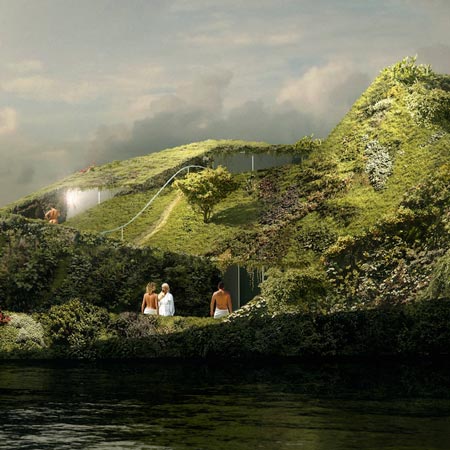


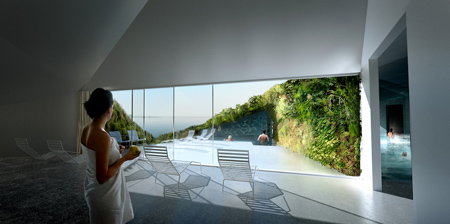
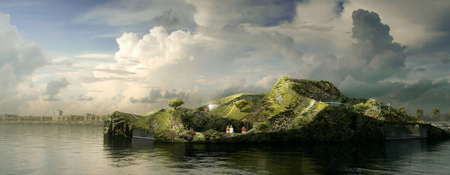
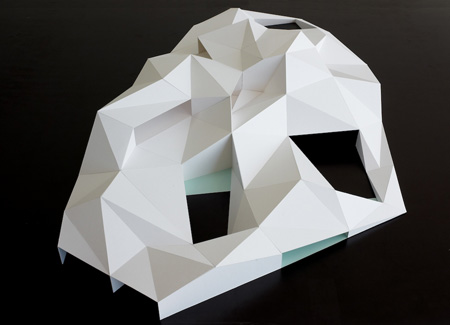
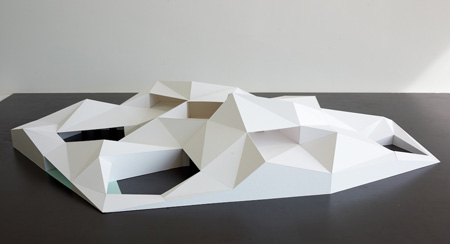
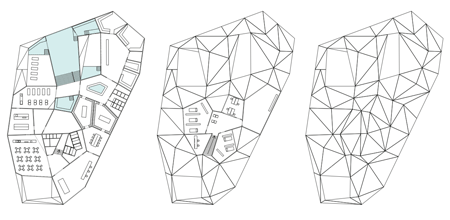
No comments:
Post a Comment